The importance of patient screening can’t be overstated. In its simplest form, it involves asking patients about their symptoms prior to seeing them in a clinical setting. You can do this by interviewing the patient in person or over the phone, or having them fill out a form.
When done properly, patient screening can reduce hospital readmission rates. One hospital found that once it implemented patient screening with its chronic obstructive pulmonary disease (COPD) and congestive heart failure (CHF) patients, the 30-day readmission rate dropped to 2.34 percent. That’s a significant improvement, considering the national average is 10 to 20 percent for COPD and just under 10 percent for CHF patients.
Patient screening is also critical for providing care in general, whether it’s a routine checkup or a potential COVID-19 case. Healthcare providers need to know what symptoms their patients are experiencing and their overall medical history to treat them effectively.
As COVID-19 began spreading, it became critical for healthcare providers to practice distancing measures while still getting pertinent information from their patients. Handing out clipboards and pens to fill out paper forms could potentially spread the virus, and healthcare providers needed to look for alternative ways to screen patients.
Methods of patient screening
Paper and ink forms are traditionally used when patients arrive at a healthcare facility. Healthcare providers might ask patients to circle areas on a diagram to indicate where they’re feeling pain, check off boxes that list their symptoms, and provide their medical history.
While paper forms allow patients to provide their symptoms in their own words, they can also result in errors. For example, the patient’s handwriting may be illegible, or the staff member entering the information into the clinic’s electronic medical record (EMR) system may miskey the information.
There are still plenty of other ways to screen patients while practicing social distancing. For example, patients might call their doctor’s office to discuss symptoms and find out if they need to come in for a visit, such as when they have a cold.
The downside of phone screening is that it can require significant time from staff who are already stretched thin. While it works for patients who may need triage, it’s incredibly time-consuming to take an entire medical history over the phone. And this method is also prone to errors, as staff members can mistype information into the EMR or miss something important that the patient says.
A lot of healthcare providers began using electronic check-in procedures before the pandemic. Patients entered their symptoms into tablets mounted in the reception area, which expedited the process of entering information into EMRs.
Because of the pandemic, these tablets are now difficult to use. Not only are many patients not able to stay in the waiting room, the tablets themselves must be disinfected after each patient touches them.
How to ease patient screening
One solution to the patient screening conundrum is to use mobile-friendly online forms, especially since 81 percent of adults in the United States own a smartphone. Patients can click on a link sent by text or email and fill out a screening form, either from home or in their car while they wait for their appointment.
Here’s how it works: When a patient makes an appointment, they receive a link to the appropriate form — whether it’s a first-time patient intake form or a form to update their medical information. They can fill this out and submit it from home, where they can easily check their health insurance information or prescription dosages.
Once the patient arrives at the clinic and checks in, the healthcare provider can send them a link via text or email to a form where they can describe their symptoms. For example, a healthcare provider could send a patient screening form (or a coronavirus screening form) asking them to rate the severity of their symptoms.
Of course, it’s important that these forms comply with HIPAA-friendly so that healthcare providers avoid problems and potential penalties. Jotform offers HIPAA-friendly forms and templates that can be customized to fit specific situations.
Improving patient screening will help clinicians provide better care. Using forms that the patient can fill out and send directly to the physician can expedite this process and make it easier to treat patients in a post-COVID-19 world.


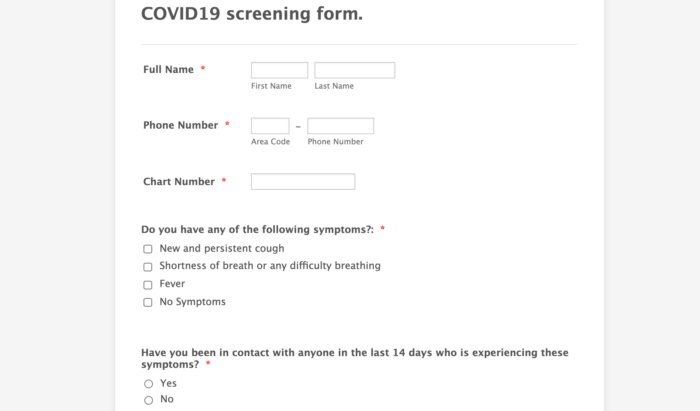


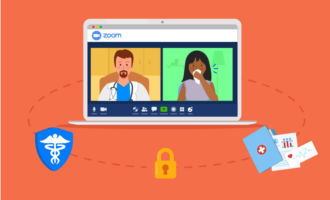






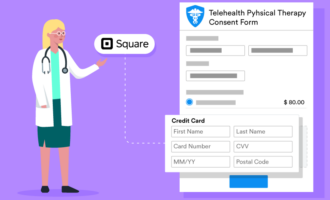









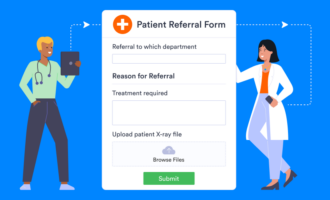
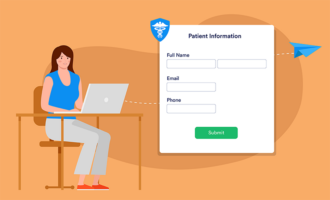



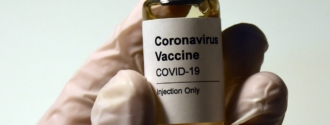













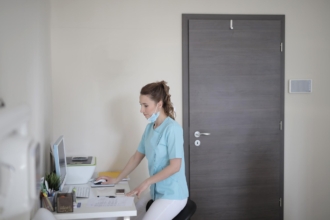





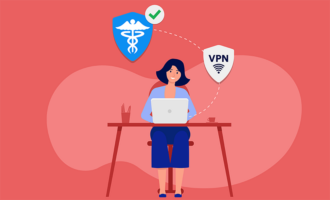



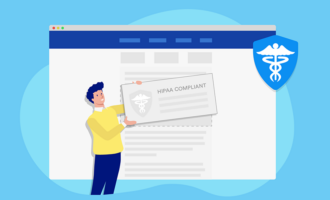


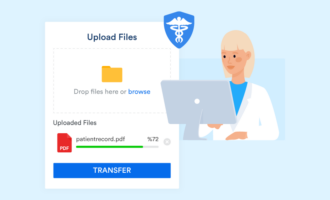




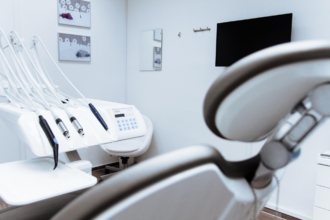




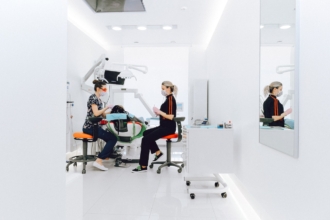



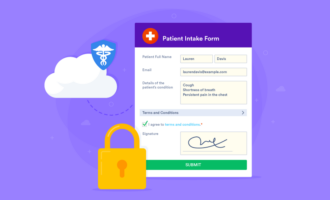


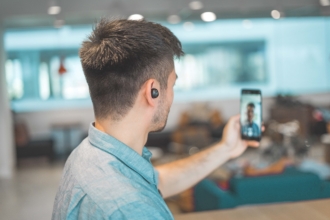





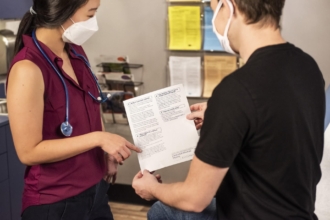


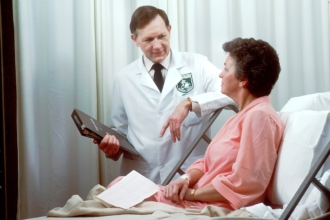












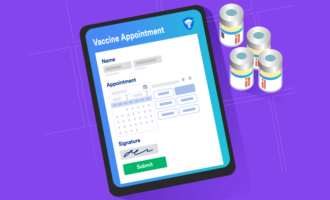










Send Comment: